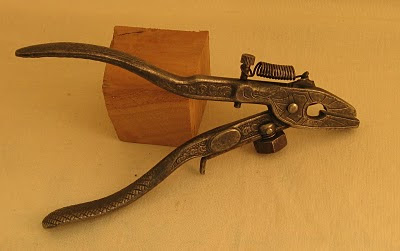Ralph
Member
Hi.
I'm really struggling here. I've got one of those spear and Jackson vintage crosscut saws. It's about 36 inches long and its a great american tooth pattern. I've cleaned all the rust off it and sharpened it. Problem is, it's got absolutely no set. Nothing at all. I've tried hammering them over a hand anvil and they won't budge. So far the only thing I managed to do is break 4 of the tips off. I'm hitting them so hard it was inevitable. Is the saw supposed to have set on it? Why would it not have any in the first place? And why is it so hard to bend them?
Please give me some advice before I wish I'd spent time and money on a bloody chainsaw instead!
Thanks a lot.
I'm really struggling here. I've got one of those spear and Jackson vintage crosscut saws. It's about 36 inches long and its a great american tooth pattern. I've cleaned all the rust off it and sharpened it. Problem is, it's got absolutely no set. Nothing at all. I've tried hammering them over a hand anvil and they won't budge. So far the only thing I managed to do is break 4 of the tips off. I'm hitting them so hard it was inevitable. Is the saw supposed to have set on it? Why would it not have any in the first place? And why is it so hard to bend them?
Please give me some advice before I wish I'd spent time and money on a bloody chainsaw instead!
Thanks a lot.

































